How to Build an Effective Affiliate Marketing Email List

If you are an affiliate marketer, have you considered starting email affiliate marketing? Or have you at least once thought that email marketing is outdated and ineffective? If the latter applies to you, then you should think again.
Investp found that comparing social media, direct mail, and other channels for purchases made as a result of receiving marketing messages, email has the highest conversion rate (66%). An email campaign has a 6 times higher chance of generating a click-through than a tweet.
So, email affiliate marketing sounds like an excellent choice for affiliate marketers. But how to start? Well, you must begin with creating an email list for affiliate marketing for your success.
Dive into the article, and in the end, you will be well prepared to go on the path of email affiliate marketing.
What is an Affiliate Marketing Email List?
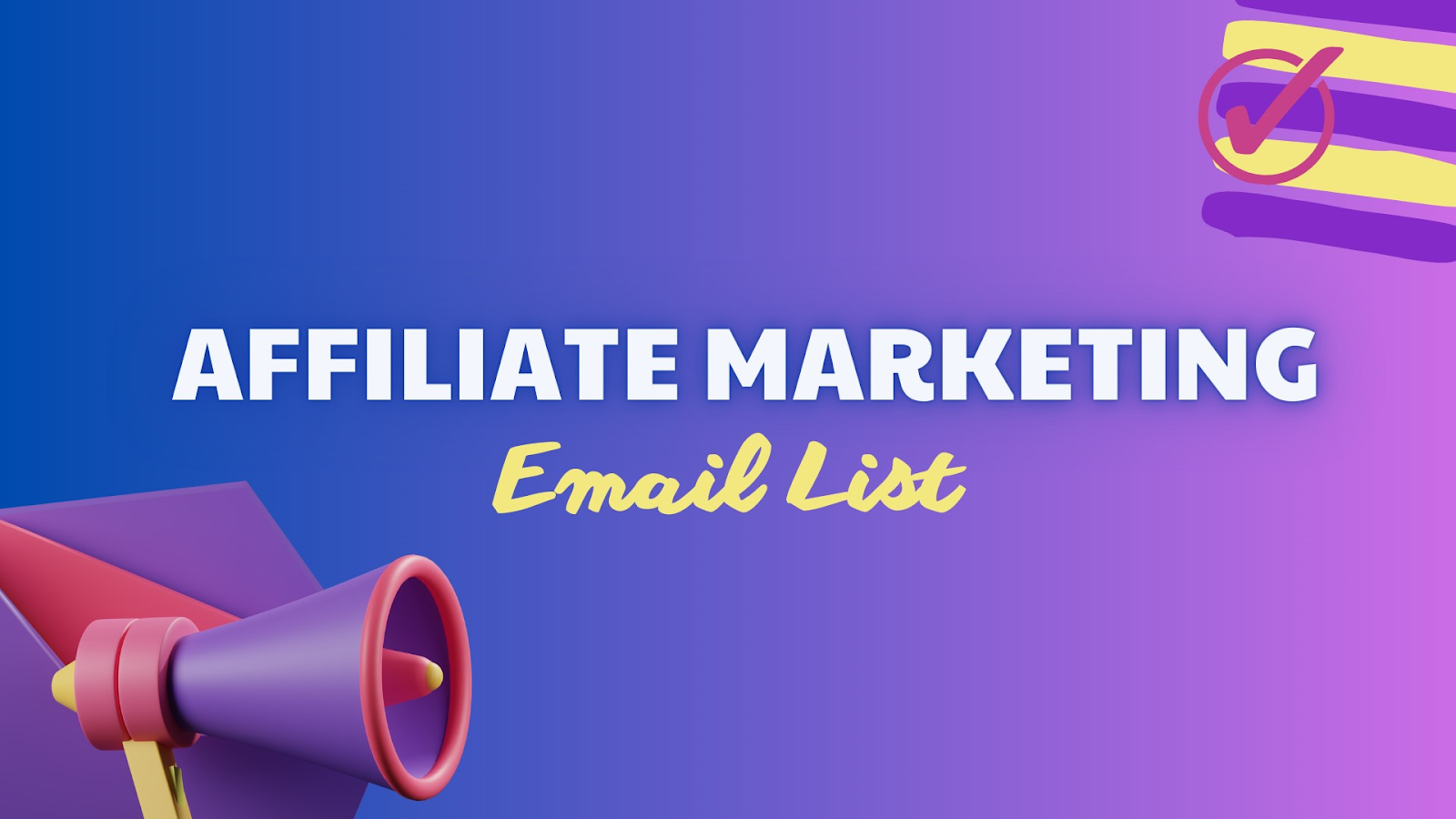
An affiliate marketing email list is a group of people’s email addresses who are interested in the products or services you promote in your niche. These individuals have agreed to receive emails from you, containing helpful content and offers.
Unlike a regular email list, an affiliate marketing list has a clear goal: to help you make sales and earn commissions as an affiliate marketer. To achieve this, you must build trust and relationships with your subscribers, educate them about the products or services you recommend, and encourage them to take action.
Why is an Affiliate Marketing Email List Important?
Direct and Personal Communication
Unlike social media or search engine algorithms, where your reach is subject to constant changes, your email list ensures that your message lands directly in your subscribers’ inboxes.
Nurturing and Engagement
Building an email list allows you to nurture your leads and engage with your audience on a regular basis. It’s not just about sending out promotional emails; it’s about providing consistent value. You can send newsletters, updates, educational content, and exclusive offers, keeping your audience informed and engaged.
Lead Generation
When you promote your affiliate products or services through targeted emails, you can attract potential customers who are genuinely interested in what you have to offer. This not only increases your chances of conversions but also provides a steady stream of leads for your affiliate partners.
Building Trust and Relationships
By consistently delivering value and personalized content, you can establish yourself as a trusted source of information and recommendations in your niche. When your subscribers see that you genuinely care about their needs and interests, it fosters trust. People are more likely to follow your recommendations and make purchases when they trust your expertise and authenticity.
Data and Analytics
The data and insights you get from email marketing are very useful. Important metrics like open rates, click-through rates, conversion rates, and more can be tracked. With these analytics, you can see how well your efforts are doing and make data-driven improvements.
How to Create an Email List for Affiliate Marketing
You have grasped the definition of email affiliate marketing and its importance. Here’s the most anticipated part. Below is a step-by-step guide to creating an email list for affiliate marketing that you may not want to miss:
Step 1: Selecting the Right Email Marketing Platform
An Email Marketing Platform is a helpful and crucial tool for affiliate email marketing. It makes things easier by sending emails automatically, sorting subscribers into groups, giving data on how emails are doing, and making sure your emails don’t end up as spam. It’s a key part of making your affiliate marketing plan work smoothly.
To make this decision, follow these guides below:
-
Setting Clear Goals: Do you want to grow your subscriber list, automate your emails, segment your audience, or better understand your campaign’s performance? Different email marketing platforms offer different strengths, so matching your goals to what a platform can do is key.
-
Budgeting for Your Email Marketing Platform: Your budget is another crucial factor. The costs of email marketing platforms can vary a lot, from free options with limitations to pricier ones with advanced features. It’s essential to know your budget and pick a platform that fits your financial resources.
-
Choosing a Platform with the Right Features: Look for platforms that offer the features you need. Automation tools can save you time by sending targeted emails based on subscriber behavior. Effective segmentation lets you group your subscribers based on their interests, demographics, and actions. Analytics tools help you see how well your campaigns are doing.
-
Prioritizing User-Friendly Platforms: Ease of use matters. Even if you’re not super tech-savvy, your chosen platform should be user-friendly. It should be easy to navigate and use, so you can make the most of its features without a big learning curve.
-
Ensuring Deliverability and Compliance: Deliverability and compliance are also important. The platform should help your emails get to the inbox and make sure you’re following email laws. No one wants their emails marked as spam.
-
Considering Future Scalability: Think about the future too. Will the platform grow with you as your email list gets bigger? You don’t want to outgrow it.
-
Exploring Integration Capabilities: Integration is about how well the platform works with other tools you use, like your website, e-commerce platform, or customer relationship management (CRM) system. Good integration can make things smoother.
-
Valuing Customer Support: Customer support is a big plus. Check if the platform offers good support through email, chat, or phone. Having access to tutorials and helpful resources can make your life easier.
Popular email marketing platforms like GetResponse, ConvertKit, Mailchimp, and ActiveCampaign are worth considering. But remember, the best choice is the one that suits your specific needs and goals. Making a well-informed decision here sets the stage for your affiliate email marketing success.
Step 2: Creating a Lead Magnet
A Lead Magnet in affiliate email marketing is like a tempting offer. It’s something valuable, such as a free ebook, discount, or special content, that you give to people in exchange for their email address. It’s a way to attract potential customers and build your email list, so you can share affiliate offers with them. Think of it as a tasty treat that lures people into your email marketing world.
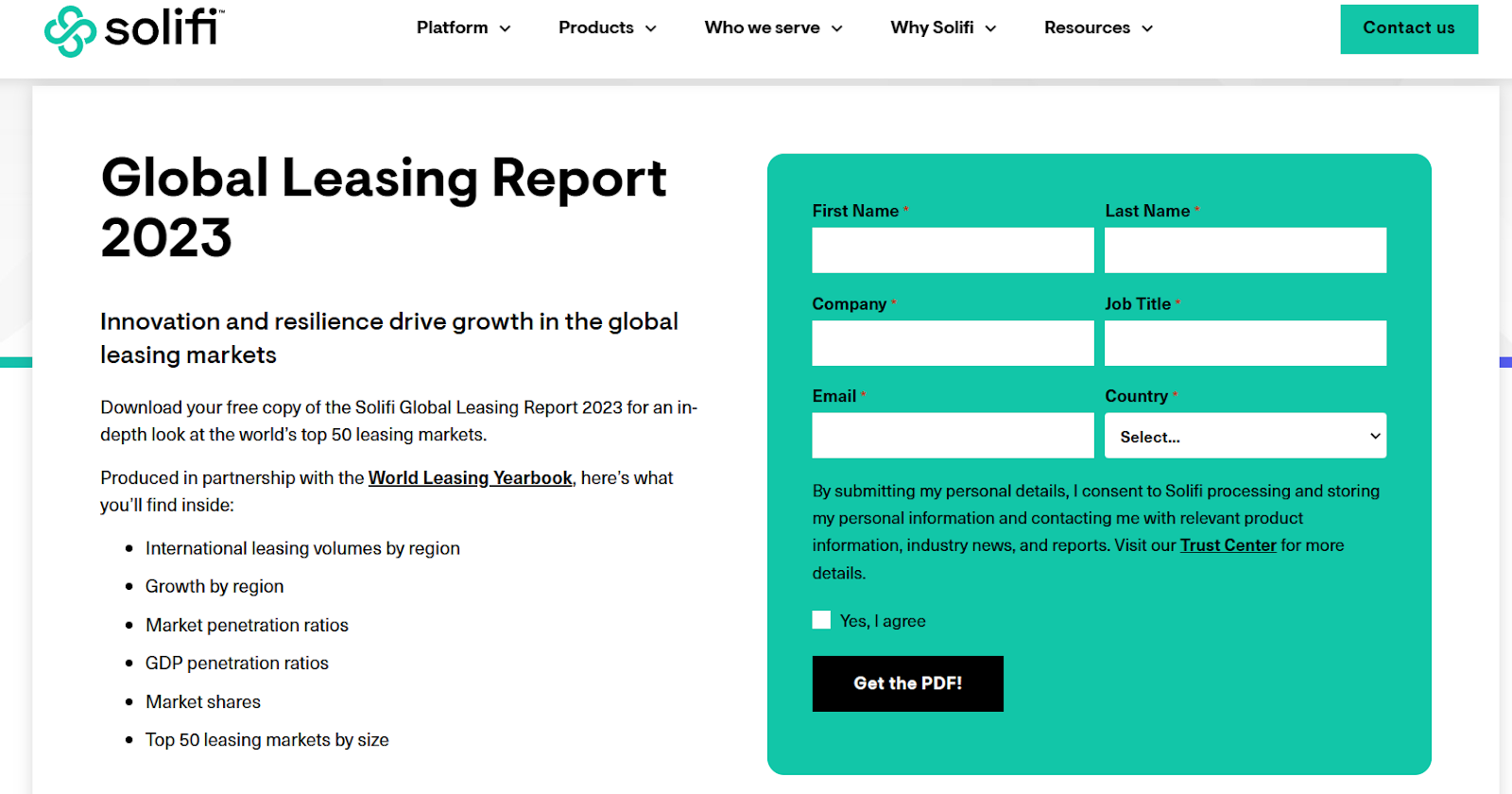
An ideal lead magnet should:
-
Solve Problems: One of the key principles behind creating a successful lead magnet is solving a problem for your target audience. To do this effectively, you need to understand their pain points and challenges. What are the issues they face in your niche? By identifying these problems, you can tailor your lead magnet to provide practical solutions. This demonstrates your value and expertise in the eyes of your potential subscribers.
-
Offer Something Unique and Valuable: Your lead magnet should stand out and provide information or resources that your audience can’t easily find elsewhere. High-quality, informative content is essential. It’s this value that encourages individuals to willingly share their email addresses with you.
-
Include an Effective Title or Headline: The title or headline of your lead magnet plays a crucial role in attracting subscribers. It should be attention-grabbing, specific, and promise a clear benefit. For example, “Unlock the Secrets to Effortless Weight Loss” is more enticing than a vague title like “Healthy Living Guide.
-
Be Easy to Understand: The presentation of your lead magnet should be easy to understand and consume. Avoid complex language or cluttered formatting. The content should be well-structured and clear, making it a breeze for your audience to absorb the information.
-
Align with Your Niche: Your lead magnet should align seamlessly with your niche and the products or services you promote as an affiliate marketer. This ensures that the subscribers you attract have a genuine interest in your affiliate offerings.
Step 3: Designing and Implementing Effective Opt-In Forms
Opt-in forms are the gateway through which you capture the contact information of potential subscribers who are interested in your affiliate offerings.
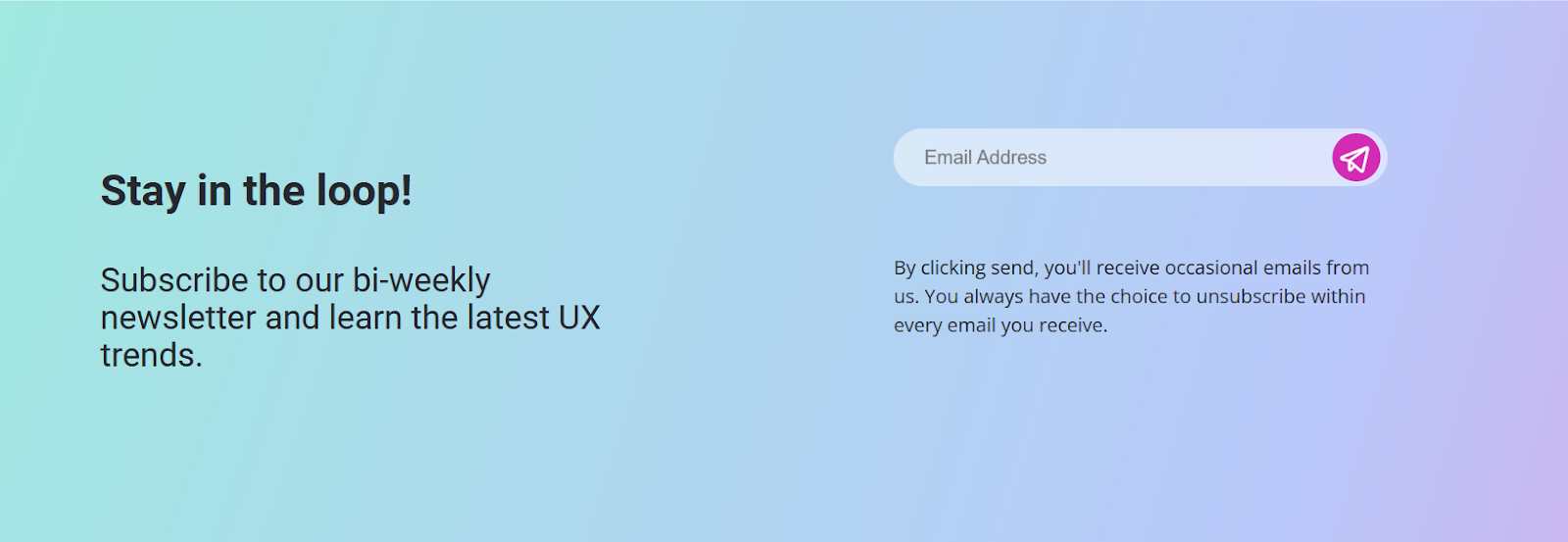
Keep in mind these guides below:
Design Eye-Catching Forms
-
Templates or Custom Designs: You can start by choosing from professionally designed templates provided by your email marketing platform. These templates are usually optimized for conversions. Alternatively, you can create custom designs that align with your brand’s visual identity.
-
Visual Appeal: Opt-in forms should be visually appealing, with a design that resonates with your target audience. This includes selecting a color scheme that matches your brand and using high-quality images or graphics if relevant.
-
Mobile Responsiveness: Ensure that your opt-in forms are mobile-responsive. With a growing number of users accessing websites via mobile devices, it’s crucial that your forms look and function well on small screens.
Placement
-
Strategic Positioning: Where you place your opt-in forms can significantly impact their effectiveness. Consider including them in the following locations:
-
Header: Placing a form at the top of your website is a common and visible location.
-
Footer: The footer is another common placement. It’s often where users naturally look for contact information or subscription options.
-
Within Content: Inserting forms within the content can work well, especially if you have compelling content that engages your audience. Consider using content upgrades that are directly related to the article’s topic.
-
Pop-ups: Pop-ups can be triggered by various user behaviors, such as time on page or exit intent. They can be highly effective but should be used judiciously to avoid being intrusive.
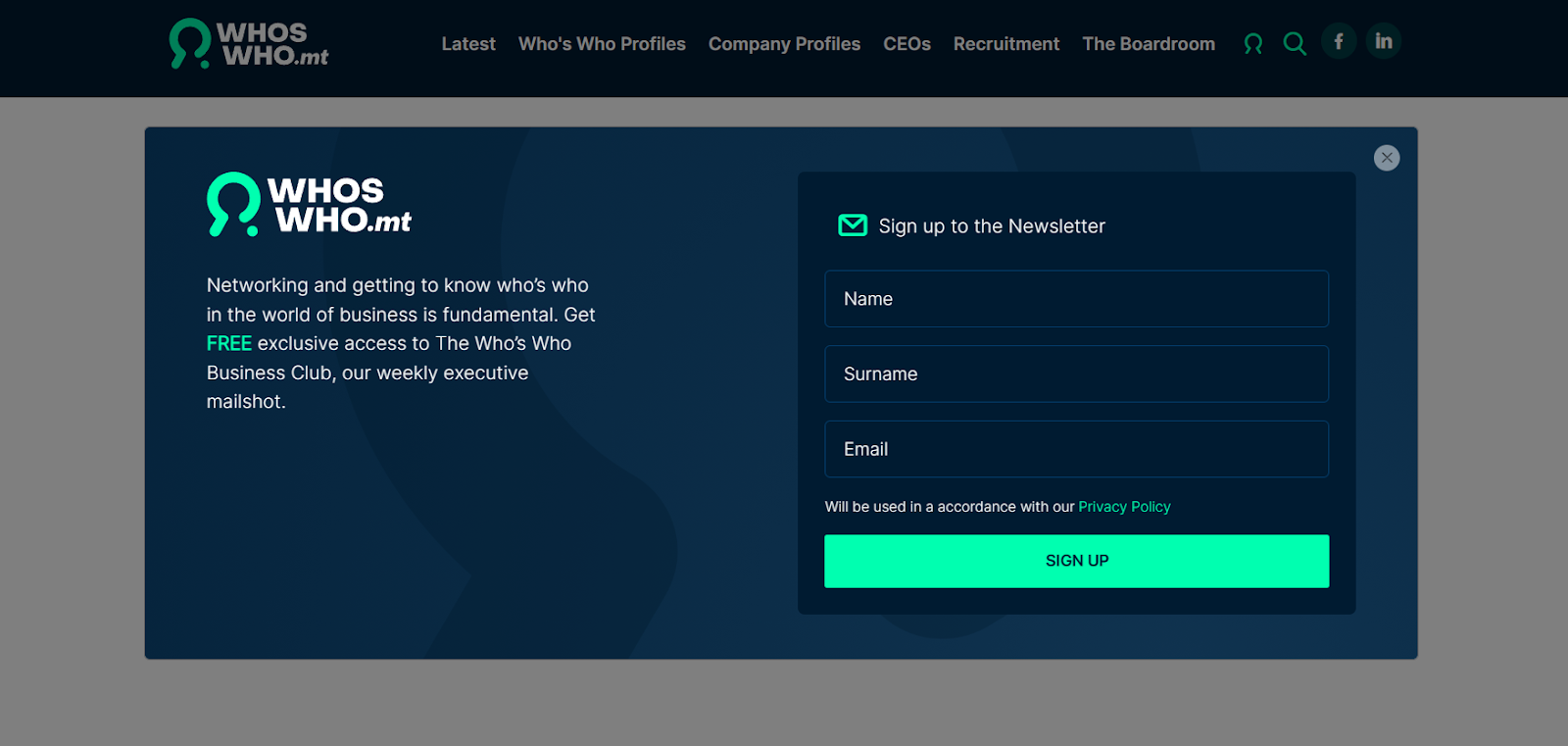
Clear CTAs (Call-to-Action)
Compelling Language: Your call-to-action (CTA) buttons should use compelling and action-oriented language. Instead of a generic “Submit” button, use text like “Subscribe Now,” “Get Access,” or “Join Our Community.” Make it clear what value the user will receive by clicking. Button Design: The design of your CTA buttons matters. Use contrasting colors to make them stand out on the page. Ensure that they are of a sufficient size to be easily clickable. Consistency: Keep your CTA buttons consistent across your website and email marketing campaigns. This helps in reinforcing your brand identity and maintaining a seamless user experience.
Minimal Information
-
Email Address Only: When designing your opt-in forms, aim to request the bare minimum of information. Typically, this means asking for the email address only. Long forms with numerous fields can deter users from subscribing. You can collect additional information in subsequent interactions or through preferences settings.
-
Privacy and GDPR Compliance: Clearly communicate your data usage and privacy policy. Ensure that your forms are compliant with relevant data protection regulations, such as GDPR or CAN-SPAM, and provide an opt-in checkbox for users to agree to your terms.
Step 4: Building Landing Page
Landing pages are the gateways to your email list. A landing page refers to a independent webpage that visitors reach by clicking on search results links, from media, emails, advertisements or other online sources. Building landing pages that excel in lead generation requires careful attention to various elements.
Keep in mind these guides below:
Landing Page Creation
-
Dedicated Pages: Each landing page should serve a specific purpose and align with the source that led the visitor there. For instance, if you’re promoting a lead magnet on social media, create a dedicated landing page for that offer. This ensures that visitors find exactly what they expect.
-
Visual Attractiveness: A visually appealing landing page is more likely to engage visitors. It should be clean, uncluttered, and designed to focus the user’s attention on the key elements, including the form and call-to-action (CTA).

Content Relevance
-
Alignment with Lead Magnet: The content on your landing page should be directly related to the lead magnet or offer you’re promoting. If your lead magnet is an ebook, for instance, your landing page should emphasize the ebook’s value and relevance to the visitor.
-
Clear Messaging: Your landing page should convey a clear and compelling message about what the visitor will gain by providing their information. Use persuasive copy to articulate the benefits and address pain points.
Conversion Optimization
-
A/B Testing: Implement A/B testing to fine-tune your landing pages. Test different elements such as headline, copy, images, and form design. Collect data to identify which versions perform best in terms of conversion rates.
-
Persuasive Copywriting: Craft copy that speaks directly to your audience’s needs and desires. Use persuasive techniques to convince visitors that your offer provides the solution they seek.
-
Clear CTAs: The call-to-action (CTA) on your landing page is the gateway to conversion. Ensure it stands out prominently and employs persuasive language. Common CTA phrases include “Get Started,” “Download Now,” or “Claim Your Free Guide.”
Trust Signals
-
Testimonials and Reviews: Incorporate social proof by showcasing customer testimonials or reviews. This builds trust and credibility with your audience.
-
Privacy Assurance: Assure visitors that their information is safe and won’t be shared with third parties. Mention your privacy policy or terms of service to alleviate concerns.
Mobile Responsiveness
- Responsive Design: In today’s mobile-centric world, it’s imperative that your landing pages are responsive and function seamlessly on various screen sizes. Test your landing pages on different devices to ensure a consistent user experience.
Data Collection and Segmentation
-
Data Gathering: Besides collecting email addresses, consider gathering additional data that can help with segmentation. For example, you might ask for the visitor’s industry or interests to tailor future emails more effectively.
-
Segmentation: Use the data collected to segment your email list. Segmenting your list allows you to send more targeted and relevant content to different groups, increasing engagement and conversions.
Step 5: Driving Traffic to Your Landing Page
Attract visitors to your landing page through various channels:
Social Media Marketing: Promote your landing page on social platforms to reach a wider audience. Content Marketing: Write blog posts and create content that links to your lead magnets. SEO: Optimize your content for search engines to increase organic traffic. Paid Advertising: Invest in paid campaigns for quick traffic boosts.
Continue to grow your affiliate marketing email list
Segmentation and Personalization Your Email List
Effective email marketing goes beyond sending mass emails to your entire list. It involves the strategic use of segmentation and personalization to tailor your messages to the unique preferences and behaviors of your subscribers.
Here’s a detailed look at these essential components:
Segmentation
Segmentation involves dividing your email list into distinct groups based on specific criteria. This approach allows you to send targeted and relevant content to different segments of your audience, thus enhancing the overall effectiveness of your email marketing efforts.
How to Segment Your Email List:
-
Demographics: Segmenting by demographics includes factors like age, gender, location, job title, and more. This is valuable for tailoring content to different audience groups.
-
Behavioral Segmentation: This involves tracking how subscribers interact with your emails and website. You can segment based on past purchases, email engagement, website visits, and more.
-
Interests and Preferences: Gather data on your subscribers’ preferences, interests, and the topics they are most interested in. This allows you to send content that matches their preferences.
-
Purchase History: For e-commerce businesses, segmenting based on past purchases and product categories can be highly effective for promoting related products.
-
Email Engagement: Segment based on how often subscribers open your emails, click on links, or convert. Engaged subscribers may receive different content from less engaged ones.
-
Lifecycle Stage: Segment subscribers based on where they are in their customer journey. New subscribers might receive onboarding content, while loyal customers could get exclusive offers.
-
Geographic Location: Tailor content, such as event invitations or localized offers, based on the subscriber’s geographic location.
Personalization
Personalization takes email marketing a step further by customizing emails to create a more individualized experience for each subscriber. It goes beyond simply addressing subscribers by their first name; it’s about delivering content and offers that cater to their specific needs and behaviors.
Effective personalization can include dynamic content, subject line personalization, product recommendations, behavior-based triggers, and even geolocation-based personalization. By incorporating these elements into your emails, you provide a more tailored experience that can significantly enhance engagement.
How to implement personalization in your email marketing strategy:
1. Dynamic Content:
Dynamic content allows you to personalize email content for each recipient. You can create email templates with variable sections that change based on the recipient’s data. For example, you can tailor product recommendations, headlines, or images based on the recipient’s past interactions with your website or purchase history. Dynamic content ensures that each customer receives content that aligns with their interests and needs, increasing the relevance of your emails.
2. Subject Line Personalization:
Subject lines are the first thing recipients see when they receive your email. Including the recipient’s name in the subject line can capture their attention and increase the likelihood of the email being opened. However, personalization goes beyond just using the recipient’s name; it involves crafting subject lines that address the recipient’s specific interests or pain points. This approach can significantly improve open rates.
3. Behavioral Triggers:
Implementing behavior-based triggers allows you to automate emails that respond to specific actions or inactions by the recipient. For instance, if a customer abandons their shopping cart on your website, you can send an automated email reminding them of the items left behind. Behavioral triggers provide a highly personalized experience and can lead to increased conversions.
4. Product Recommendations:
Leverage data on past purchases and browsing history to offer personalized product recommendations. This can include suggesting complementary products, highlighting items left in the shopping cart, or showcasing new arrivals tailored to the customer’s preferences. Personalized product recommendations can lead to higher sales and customer satisfaction.
5. Geolocation Personalization:
Geolocation-based personalization tailors content based on the recipient’s location. This is especially valuable for brick-and-mortar businesses or those with a local presence. You can promote in-store events, provide location-specific offers, or share regional news relevant to the recipient’s area.
Creating Valuable Content
Send valuable and informative content to your subscribers consistently. This content can include blog posts, ebooks, webinars, case studies, product reviews, and industry news.
Crafting content for your affiliate email marketing strategy is an endeavor that extends beyond just hitting the send button. It requires a strategic approach to connect with your subscribers.
Here’s a more detailed and expert perspective on creating valuable content:
Consistent Content Delivery
Consistency is key when it comes to email marketing. You should have a well-thought-out content calendar that outlines the frequency of your emails. This consistency not only keeps your audience engaged but also sets expectations. Whether it’s weekly newsletters, monthly ebooks, or bi-weekly webinars, subscribers should anticipate and look forward to your content.
Content Variety
Diversify your content to cater to various preferences within your audience. This includes a mix of blog posts, ebooks, webinars, case studies, product reviews, and industry news. Each type of content serves a unique purpose. Blog posts can provide quick insights, while webinars allow for in-depth discussions. Case studies and product reviews offer real-world examples of your affiliate products in action, instilling trust in your recommendations.
Educational Value
Position yourself as an industry authority by offering content that educates and informs. Use your content to answer common questions within your niche, address pain points, and provide solutions. The more your subscribers learn from your content, the more they’ll trust your expertise and recommendations.
Storytelling
Effective storytelling can captivate your audience and create a more personal connection. Use case studies and real-life examples to illustrate the benefits of the products you promote. Craft narratives that resonate with your subscribers and demonstrate how these products can solve real-world problems.
Balancing Promotional and Value-Based Content
While it’s important to promote affiliate products, striking a balance between promotional and value-based content is crucial. Avoid overwhelming your subscribers with constant sales pitches. Instead, intersperse promotional emails with content that offers genuine value. This not only maintains your audience’s interest but also positions you as a trusted source of information rather than a constant sales pitch.
Engagement Metrics
Utilize engagement metrics to gauge the effectiveness of your content. Track open rates, click-through rates, and conversion rates for different types of content. Analyze which topics or formats resonate most with your audience and adjust your content strategy accordingly.
Tracking and Analyzing Results
Tracking and analyzing results are vital steps in creating and managing an effective affiliate marketing email list. These processes allow you to measure the performance of your email campaigns, understand your audience better, and refine your strategies.
Here’s how to track and analyze results in affiliate marketing email list building:
-
UseAnalytics Tools: Start by integrating analytics tools like Google Analytics or email marketing platforms’ built-in analytics. These tools provide valuable data on open rates, click-through rates, conversion rates, and more. They also offer insights into audience behavior.
-
Monitor Open Rates: Pay attention to your email open rates. A high open rate indicates that your subject lines are effective and intriguing to your audience. Analyze which subject lines work best and refine your approach accordingly.
-
Analyze Click-Through Rates: Click-through rates (CTR) reveal how engaging your content is. Track which links within your emails are getting the most clicks. Analyze the content associated with those links and use this knowledge to create more engaging content.
-
Conversion Tracking: Ultimately, the goal is to convert subscribers into customers. Use conversion tracking to see which emails led to conversions. This helps you identify the most successful campaigns and strategies.
-
Monitor Unsubscribes: Keep an eye on the unsubscribe rate. A higher unsubscribe rate may indicate that your content or frequency is not resonating with your audience. Use this data to adjust your email strategy.
-
A/B Testing: Conduct A/B tests to compare different elements of your emails, such as subject lines, content, and calls to action. Analyze the results to determine which variations lead to better performance.
-
Feedback and Surveys: Collect feedback from your subscribers through surveys or by encouraging them to reply to your emails. This can provide insights into their preferences and concerns, allowing you to tailor your content more effectively.
-
ROI Analysis: Calculate the return on investment (ROI) for your email marketing efforts. Compare the revenue generated from your campaigns to the costs associated with running them. This analysis will help you determine the effectiveness of your affiliate marketing email list strategy.
Wrap-Up
In summary, building a successful email list is a crucial strategy for affiliate marketers. Your email list is your secret weapon in the competitive world of affiliate marketing. Focus on providing value, keeping your subscribers engaged, and consistently delivering high-quality content to see your affiliate marketing efforts succeed.


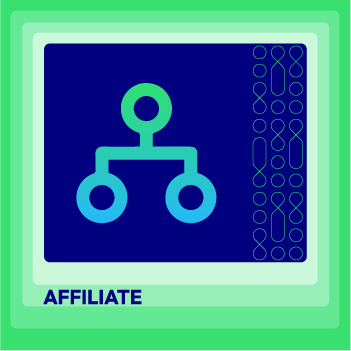



![Top 20+ Must-have Shopify Apps for 2025 [Free & Paid] - Mageplaza](https://cdn2.mageplaza.com/media/blog/must-have-shopify-apps/top-must-have-shopify-apps.png)
![[2025 Updates] Top 10+ Upsell Apps for Shopify - Mageplaza](https://cdn2.mageplaza.com/media/blog/best-upsell-shopify-app/cover.png)
